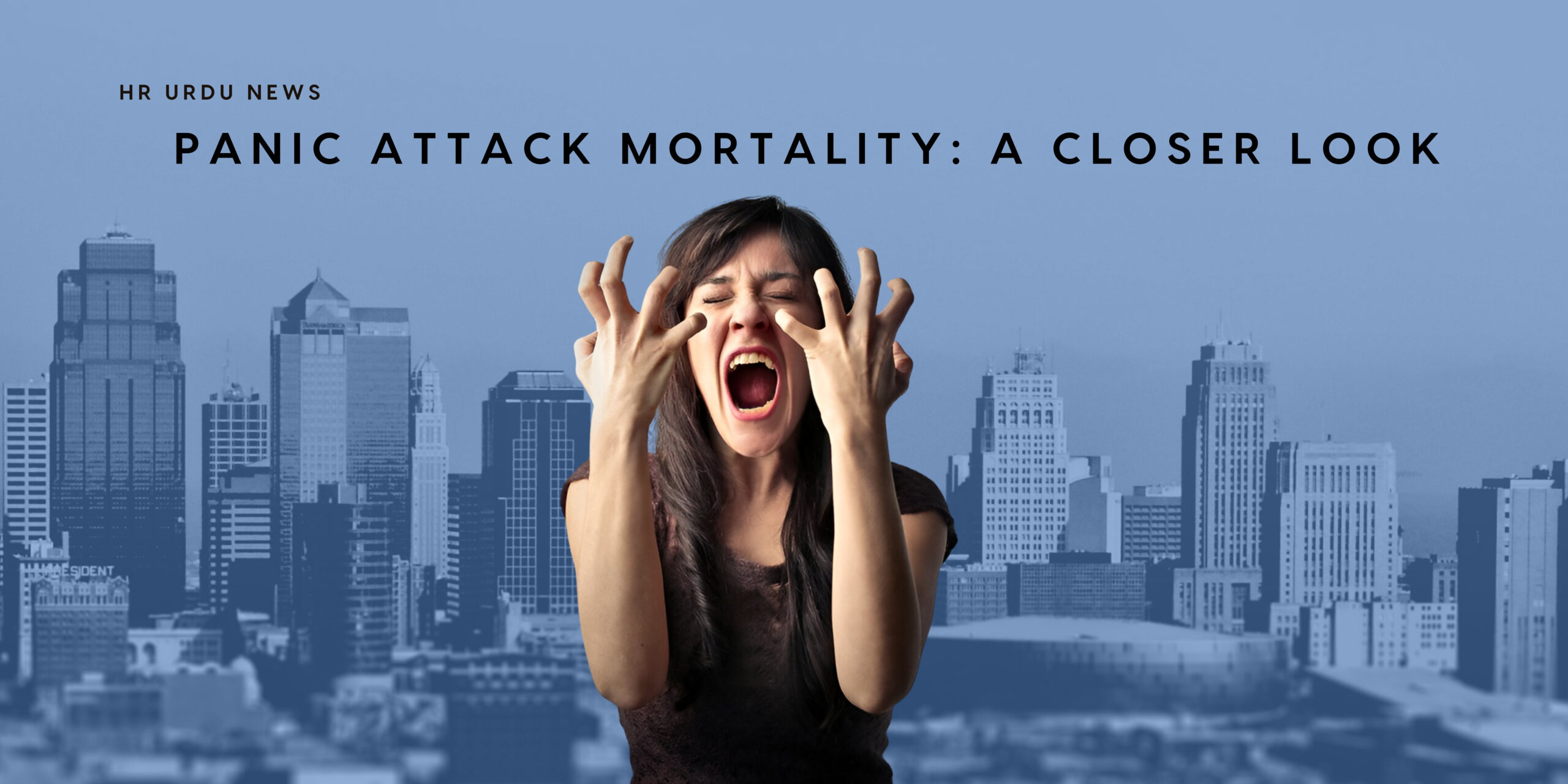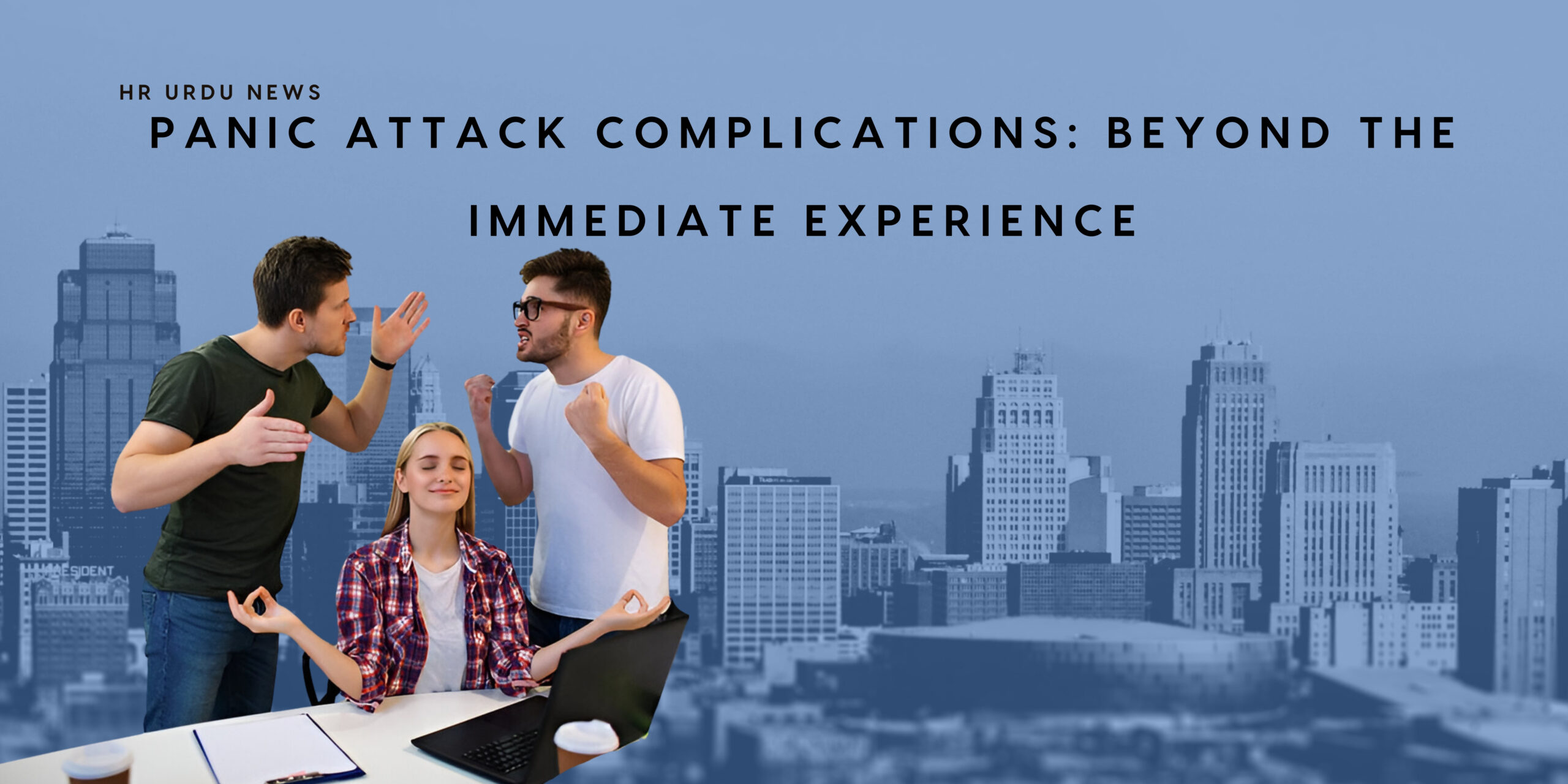Introduction
Panic attacks are not merely fleeting moments of distress; they are intricate phenomena with potential repercussions that extend beyond the immediate experience. Delving into the complexities of panic attack risks is imperative, not only to dispel misconceptions but also to foster a more profound understanding of their impact on mental and physical health. This comprehensive exploration will navigate through various dimensions, elucidating the nuances of panic attack risks, from mortality concerns to the intricacies of long-term consequences.
Panic Attack Mortality: A Closer Look

The immediate question that often arises is whether panic attacks can be fatal. The succinct answer is no. Panic attacks, in and of themselves, do not directly lead to death. However, it is vital to acknowledge that individuals with pre-existing health conditions, especially cardiovascular issues, may be more susceptible to complications during a panic attack. By examining this aspect more closely, we can discern the interplay between panic attacks and existing health vulnerabilities.
Understanding the relationship between panic attacks and mortality involves recognizing the nuanced interconnections. While panic attacks might not be inherently lethal, the physiological responses they induce could exacerbate underlying health issues, particularly in individuals with compromised cardiovascular systems. This underscores the importance of a holistic understanding of panic attack risks, taking into account the broader health context of the affected individuals.
Health Consequences of Panic Attacks: A Cascade of Effects
The aftermath of panic attacks extends beyond the acute episode, casting a shadow on both mental and physical well-being. Research has unveiled a spectrum of health consequences associated with chronic panic attacks. Stress, a common byproduct of these episodes, can become a pervasive force, contributing to the development of other mental health conditions such as anxiety disorders and depression.
Exploring the intricacies of these consequences involves unraveling the cascading effects of chronic panic attacks. Stress, when prolonged, can trigger a range of physiological responses, impacting the immune system, cardiovascular health, and even cognitive functions. This multifaceted perspective illuminates the profound implications that untreated panic attacks can have on an individual’s overall health and highlights the interconnectedness of mental and physical well-being.
Panic Disorder Dangers: Navigating the Long-Term Landscape
For individuals diagnosed with panic disorder, the risks associated with panic attacks take on a more enduring and pronounced form. Panic disorder is characterized by recurrent, unexpected panic attacks, often accompanied by persistent fears of future attacks and changes in behavior to avoid situations that may trigger an episode. The chronic nature of this condition necessitates a nuanced examination of the long-term dangers it poses to both psychological and physical health.
Examining panic disorder dangers involves dissecting the intricate interplay between chronic stress, altered brain function, and potential exacerbation of pre-existing health conditions. Without proper management and treatment, panic disorder can evolve into a persistent state of heightened anxiety, influencing various aspects of an individual’s life. Long-term psychological and physical health complications become a tangible concern, emphasizing the urgency of comprehensive and sustained therapeutic interventions.
Panic Attack Complications: Beyond the Immediate Experience

While panic attacks, as isolated events, are not fatal, complications can arise during an attack, adding layers of complexity to their potential impact. Hyperventilation, a common occurrence during panic attacks, can induce symptoms such as dizziness, fainting, and, in rare cases, loss of consciousness. This introduces a new dimension to the discussion – the immediate physical consequences of panic attacks.
Understanding panic attack complications requires a deep dive into the physiological responses triggered by hyperventilation. The interconnectedness of respiratory and cardiovascular systems during panic attacks can lead to a domino effect of symptoms. Exploring the rare but tangible risks of accidents or injuries during panic attacks sheds light on the importance of recognizing the potential physical consequences beyond the immediate psychological distress.
Panic Attack Outcomes: The Ray of Hope through Treatment
The journey through panic attack risks need not be one of perpetual trepidation. With appropriate treatment and support, positive outcomes are attainable. Psychotherapy, medication, and lifestyle changes emerge as effective strategies for managing panic attacks, diminishing their frequency and severity.
Delving into the realm of panic attack outcomes involves examining the transformative potential of intervention. Early recognition and timely therapeutic measures can significantly alter the trajectory for individuals experiencing panic attacks. By fostering coping mechanisms, enhancing resilience, and addressing underlying issues, the positive outcomes become not only a possibility but a tangible reality. The narrative of panic attack outcomes is a testament to the power of comprehensive and individualized therapeutic approaches.
Panic Attack Research: Illuminating the Path Forward
The exploration of panic attack risks is an evolving journey, marked by ongoing research endeavors. Scientists are delving into various factors, including genetics, brain chemistry, and environmental triggers, to unravel the intricate tapestry of panic disorders. The evolving landscape of panic attack research offers insights into novel diagnostic tools, therapeutic interventions, and a deeper understanding of the underlying mechanisms.
Navigating the frontiers of panic attack research involves appreciating the dynamic nature of scientific inquiry. Genetic predispositions, neural pathways, and environmental influences intertwine in complex ways, and ongoing studies aim to decipher these intricacies. By staying abreast of the latest research, we not only enhance our understanding of panic disorders but also pave the way for more effective and targeted treatments.
Conclusion: A Holistic Perspective on Panic Attack Risks
In conclusion, the panorama of panic attack risks extends far beyond the initial perception of fleeting distress. While panic attacks themselves are not typically life-threatening, the intricate interplay between psychological and physical health demands a more nuanced exploration. Recognizing the potential consequences and outcomes associated with panic attacks is essential, particularly for individuals with pre-existing health conditions.
From mortality concerns to the complexities of chronic panic disorders, each facet adds layers to the narrative. Panic attacks, when left untreated, can cast a long shadow on an individual’s well-being, influencing mental health, physical health, and overall quality of life. However, the journey need not be one of despair.
The exploration of panic attack outcomes offers a ray of hope, emphasizing the transformative potential of timely intervention. Through psychotherapy, medication, and lifestyle adjustments, individuals can regain control over their lives, reducing the frequency and severity of panic attacks. The evolving landscape of panic attack research further propels us toward a future where our understanding is more profound, and our therapeutic approaches are more targeted.
In navigating the complexities of panic attack risks, we find not only challenges but also opportunities for growth and resilience. By fostering a holistic perspective, we pave the way for a future where individuals grappling with panic attacks receive the support they need, and the stigma surrounding mental health dissipates. In unraveling the intricacies of panic attack risks, we embark on a journey toward greater compassion, understanding, and ultimately, healing.
Disclaimer
The content shared in this article is designed for educational and informational purposes exclusively. It does not intend to replace professional medical advice, diagnosis, or treatment. It is paramount to seek the counsel of your physician or another qualified healthcare provider for any inquiries related to a medical condition.
Approach the utilization of acupressure, deep breathing exercises, and natural remedies with a discerning mindset, as these techniques may not be universally suitable. Responses to these methods can be individualized, necessitating careful consideration of personal health conditions, allergies, and any ongoing medical treatments.
While acupressure is acknowledged for its potential benefits, it should not be perceived as a guaranteed cure, and its efficacy may exhibit variations among individuals. Prior consultation with a qualified healthcare professional is advisable before embarking on acupressure or any self-help techniques, particularly if you are pregnant, nursing, have pre-existing medical conditions, or are under medication.
The author and publisher hereby disclaim any responsibility for adverse effects or consequences arising from the utilization of the information provided. Relying on any information in this article is done solely at your own risk.
For tailored medical advice and guidance based on your individual needs and circumstances, it is imperative to consult with a qualified healthcare professional.

